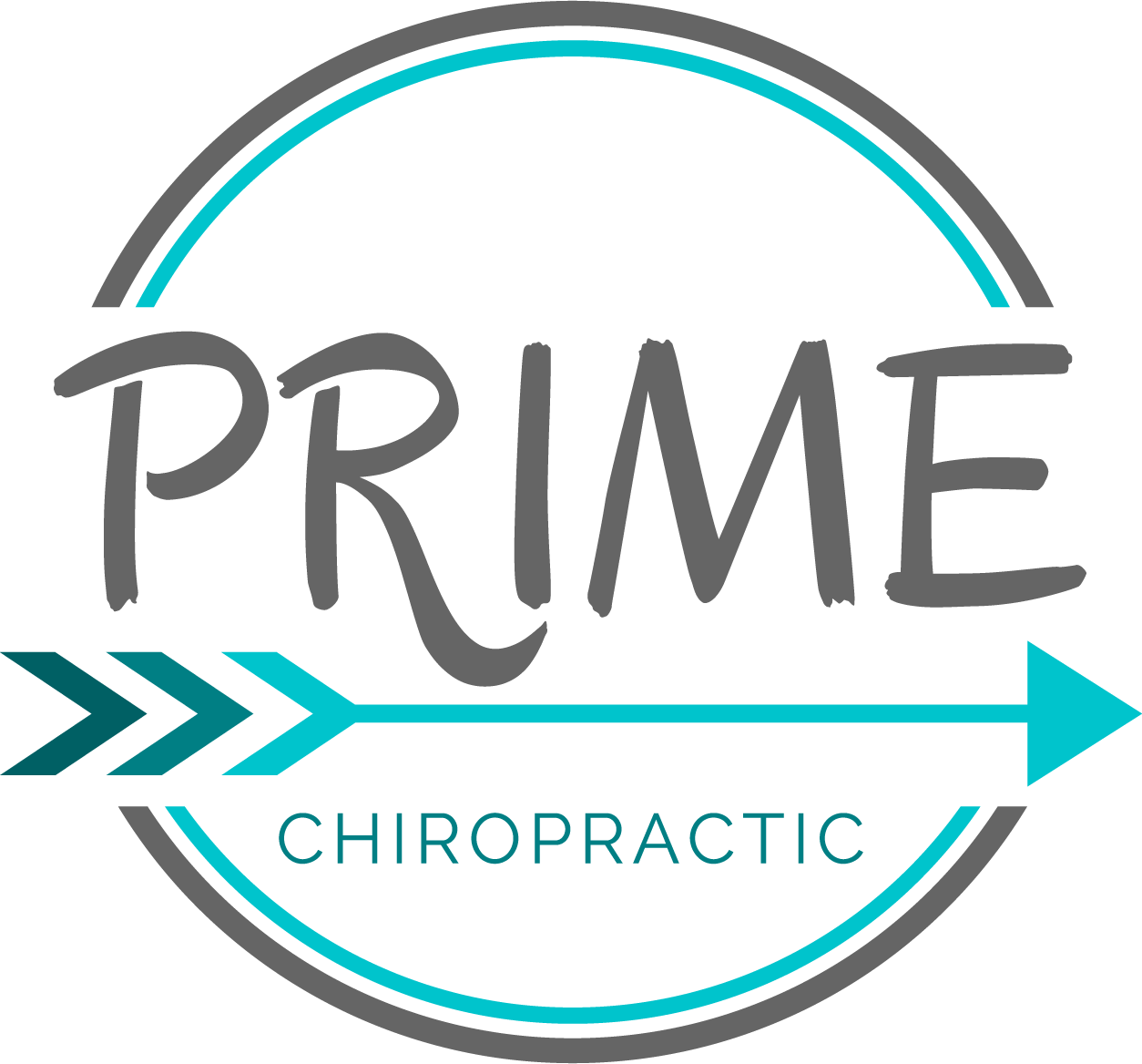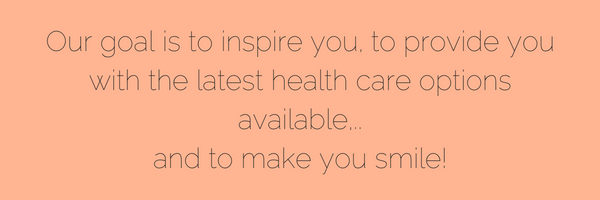Sun Care vs. Sun Scare
Ok…I need to let off some steam here:
Scaring you out of the sun is a 35 billion dollar industry! There I’ve said it! I feel so much better already!
So... is sunscreen helpful or harmful?
I’ve talked a bit about this issue in the past but because it is summer and vacation time, I thought that I’d update you a little bit more: With the scientific community rallying around the idea that regular sun exposure is the natural and intended way for the body to make vitamin D, the over-the-top antics of skin care groups – who have told us to cover up from the sun – are getting new scrutiny.
Are they hurting more people with their sun abstinence message than they are helping?
Scaring people out of the sun is a $35 billion industry – a much larger enterprise than sun worship will ever be. Sunshine, after all, is free. The sun has no professional group telling you about its goodness. But “sun scare” groups are among the most active marketers and lobbyists.
Whether its cosmetic companies promoting over-use of sunscreen in climates where sunburn isn’t even a remote a possibility, or dermatologists pushing Botox injections and anti-aging regimens, the profit centers promoting sun scare, for the most part, have avoided genuine scrutiny of how they generate their profits.
For example: Major beauty magazines such as Cosmopolitan, Vogue, Allure and Self – almost always chock full of skin care tips urging people to avoid sunshine – have an average of 21 pages per issue of ads selling cosmetic products by overstating the dangers of UV exposure. That’s more than $1 million an issue in advertising for each magazine and $12 million a year for each title. No wonder they’re so excited in slamming the sun. They’re well paid to do so….And we listen because they KNOW. Right? Well….right?
Listen….If beauty magazines were truly concerned about women’s health, they’d spend more time on heart disease and breast and lung cancers – the leading killers of women. Instead, they write more about sun care than they do on those topics combined. A recent study published in the American Journal of Health Promotion bolstered that point:
Regardless of what you hear these days, melanoma appears to be declining in women under age 50, according to U.S. and Canadian government statistics. While doctors are seeing more women with melanoma than they used to, that’s most likely because they simply see more women.
There are up to 85 percent more dermatologists per capita today than there were in the 1970s.
The fastest growing procedures in dermatology today are Botox injections and other cosmetic procedures, which attract more women into their offices.
It’s true. In fact according to government data, the vast majority of melanoma cases and fatalities occur in men over age 50. What’s more, this group is still seeing significant increases in both diagnosis and mortality from melanoma skin cancer. And yet this is not the group targeted by dermatologists and cosmetic-producing pharmaceutical companies in their advertising.
According to a research group headed by the Boston University School of Medicine, after studying six years of magazines from 1997 to 2002, here is what they found:
Men over age 50 have by far the highest rates of skin cancer, yet only two percent of all sun care advertising appears in men’s magazines.
Seventy-seven percent of sun care advertising appears in women’s magazines.
Two-thirds of all sun care products advertised are cosmetics and moisturizers containing sunscreens, and only 19 percent of sun care products advertised are sunscreen lotions themselves.
Just two percent of advertising is directed at the portion of the market with the biggest problem. The dermatology and sun scare markets clearly are directing their messages at young women, despite the fact that men are in the most need of education when it comes to sun care. Why? Simple. Money.
Men do not purchase cosmetics and moisturizes as young women do. And men do not purchase Botox injections or other vanity-based dermatology services as women do.
It seems there is further evidence that sun scare profiteers aren’t as interested in solving public health as they’d like you to think. There’s a shock!
They’re virtually ignoring men – the group with the biggest problem
– and chasing the vanity-driven dollars of young women.
And beauty magazines and their sunscreen-selling advertisers aren’t content telling fair-skinned people to avoid any and all sun exposure in non-tropical climates: African-American women are “at risk for melanoma” and suggested vigilant sunscreen usage would lower that risk, they are told.
This is wrong on so many levels. Not only is it another example of how the profit-driven sunscreen industry twists science to sell its products, but it also shows they are willing to put people’s health at risk to do so.
Shape justified its statement by quoting a University of Miami study which showed that African-American women are much more likely to have late-stage melanoma when it is detected than lighter-skinned women.
“The skin pigment melanin does give darker-skinned people some protection, but that’s no reason to forego sunscreen,” Shape wrote in its Beauty News section. The story went on the recommend a Lancome SPF 30 product for African-American women (Lancome is one of Shape’s advertisers).
Here’s what’s wrong with the story:
1) Melanoma incidence in African-American women is extremely rare – even in women older than 50 it is about one in 100,000, according to federal government data. (It’s even lower than that in younger women.) What’s more, that number has not increased at all in the past 30 years.
2) Melanoma incidence in African-American women most often is not even associated with sun exposure – it occurs on parts of the body such as the bottoms of feet, which don’t get sunlight.
African-American women are most at risk for vitamin D deficiency in this country because their dark skin filters out most UV rays which stimulate Vitamin production in the skin – telling then to wear more sunscreen will amplify this problem.
Vitamin D researchers have known for a long time that the darker a person’s natural skin color, the more time they need to spend outdoors to manufacture vitamin D naturally in their skin. That’s because darker pigment filters out the UV necessary to trigger natural vitamin D production. In other words, a person with Skin Type V (dark brown to black skin) may need to spend 10 times as long outdoors to make natural vitamin D as a person with Skin Type 11 (light pinkish skin). Research has confirmed this.
Putting sunscreen on a person whose skin is too dark to make vitamin D many months out of the year will only further their vitamin D deficiency, and for no measurable gain. Sunscreen should only be used to prevent sunburn – these women aren’t burning in New York or Toronto in February.
The sunscreen industry has all but ignored this important piece of information – at best they are marketing daily usage of sunscreen to people who will not benefit from it. At worst they may be hurting them as well.
Why is this so important?
Well……Sunlight can cut your risk of death in half. Let me repeat this: Sunlight can cut your risk of death in half. I would say that is important!
Having low vitamin D levels has been linked with deaths from heart disease and other causes, adding to growing evidence about the "sunshine" vitamin's role in good health.
People with the lowest blood levels of vitamin D were about two times more likely to die from any cause during an eight-year period than those with the highest levels. The link with heart-related deaths was very strong in those with low vitamin D levels. The study involved over 3,000 men and women in southwest Germany. Participants were aged 62 on average, and their vitamin D levels were checked in weekly blood tests.
It’s estimated that at least 50 percent of older adults worldwide have low vitamin D levels, and a significant number of younger people may also be affected. Low vitamin D levels may result from spending less time outdoors, air pollution and a decline in your skin’s ability to produce vitamin D from the sun as you age, the researchers said.
Ultraviolet light from the sun comes in two main wavelengths – UVA and UVB. It’s important for you to understand the difference between them, and your risk factors from each.
If you want to get in on one of the “hottest” trends for your health, take a break from your day and spend some time out in the sunshine. This simple action reduces your risk for so many diseases; I believe it is criminal for physicians not to recommend it.
To get the benefits of the sun, you need to expose a significant portion of your skin (shorts and no shirt for men, and shorts and a sports bra or short tank for women) to the sun for anywhere from 15 minutes to two hours a day. The length depends on your skin color (the darker your skin, the longer you need), how close you are to the equator, and the weather that day (if it’s cloudy, for instance).
Sun Exposure Actually Prevents Cancer?
Last year, a groundbreaking study found that 600,000 cases of cancer could be prevented every year just by increasing your levels of vitamin D. Even beyond cancer, the researchers pointed out that increasing levels of vitamin D3 could prevent diseases that claim nearly 1 million lives throughout the world each year!
Why have you not heard about this amazing discovery?
Because large corporations can’t make any money from you getting out in the sun
and not putting any goop on yourself.
So now’s your chance to listen up. Optimizing your vitamin D levels could help you to prevent as many as 16 different types of cancer including pancreatic, lung, breast, ovarian, prostate, and colon cancers.
Further, optimal vitamin D levels are also known to positively influence the following conditions:
Heart disease
Diabetes
Inflammatory bowel disease
Rheumatoid arthritis
Multiple sclerosis and osteoporosis
So….get outside and enjoy the sun – it was made just for you! (adapted from Mercola.com)
Movement is great for your brain and helps balance your nervous system. In addition to getting adjusted regularly get outside, get active with healthy movement: Do cross crawl exercises to engage both sides of your brain and to improve integration, coordination and focus. These exercises are also beneficial for our children and their academic performance.
Great examples of cross crawl exercises and other brain stimulating exercises are:
Crawling (make a game for the entire family to benefit from this healthy movement.)
Swimming
Marching
Dancing
Did you learn something new? Click the link below to share it with your family and friends, too! And click here to get started in our office today! We look forward to serving you and your family soon! As always, if you have any questions or need assistance as you improve your health and your family’s health know we are here for you.










